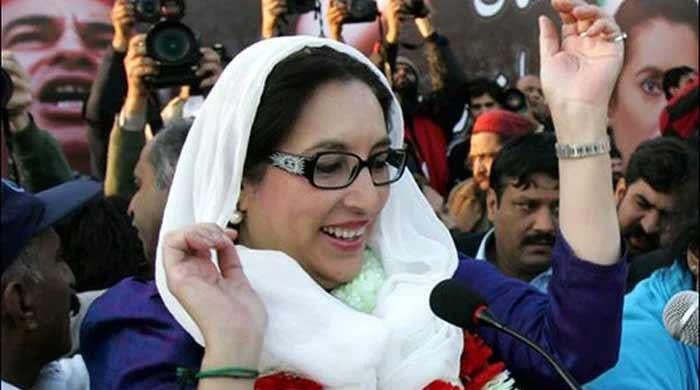83% of Lahore's air pollution caused by transport sector: report
"Air pollution considered the worst form of pollution inflicting the residents of Lahore," says report
May 18, 2023
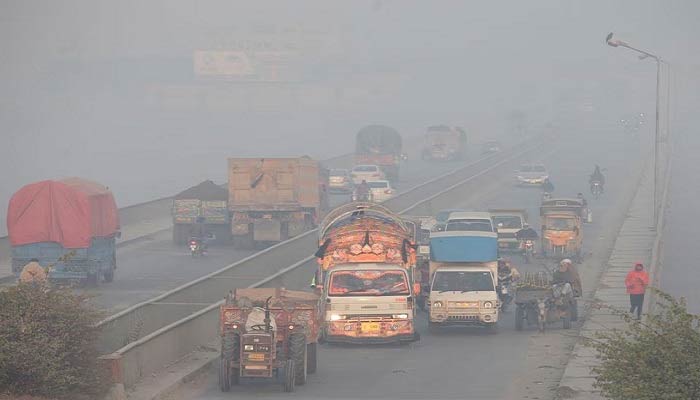
- Number of registered vehicles in Lahore increasing at alarming rate.
- Residents would gain 6.8 years in average life expectancy if WHO guidelines are met.
- IQAir ranked Pakistan as 3rd most-polluted country with respect to air quality.
More than 80% of Lahore’s pollution stems from the transport sector, The Urban Unit of the Planning and Development Department of Punjab has revealed in its report.
The report titled Sectoral emission inventory of Lahore represents the first district-scale attempt in the Punjab province to measure atmospheric pollutants from human activities across six developmental sectors.
According to the report, primary sources of pollution in Lahore include transportation — which accounts for 83% of the emissions— industry, agriculture, open-waste burning and inefficient fuel consumption in commercial and domestic sectors.
“The number of registered vehicles in Lahore has increased at an alarming rate, with a sharp increase in the number of two-stroke vehicles such as motorbikes, scooters, and auto-rickshaws.”
However, the report acknowledged that vehicle figures may be an overestimate since anecdotal evidence suggests that most vehicles in Punjab province are registered in Lahore.
The burning of crop residues contributes 3.9% while waste — which is a common practice in the outskirts of Lahore — accounts for 3.6%.
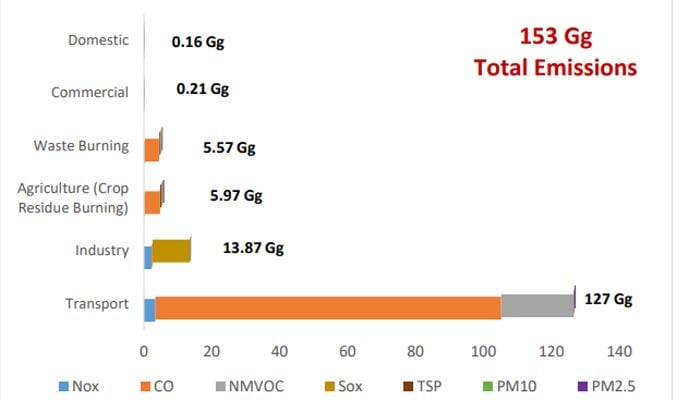
Moreover, according to the report, emissions from the industrial (9%), domestic (0.11%), and commercial (0.14%) sectors are primarily driven by the consumption of inefficient fuels such as coal and diesel oil.
Health impact
The report stated that the study of sectoral emissions revealed that "the concentration of pollutants in the ambient air of Lahore is significantly higher than the defined limits of PEQs".
Air pollution is also considered the worst form of pollution inflicting the residents of Lahore, at the moment.
"According to the Air Quality Life Index Fact Sheet for Pakistan, residents in Lahore would gain 6.8 years in average life expectancy if WHO Guidelines of 5µg/m3 (annual average PM2.5 concentration) is met," the report stated.
According to the report, respiratory diseases were increasing in the city due to the rising pollution.
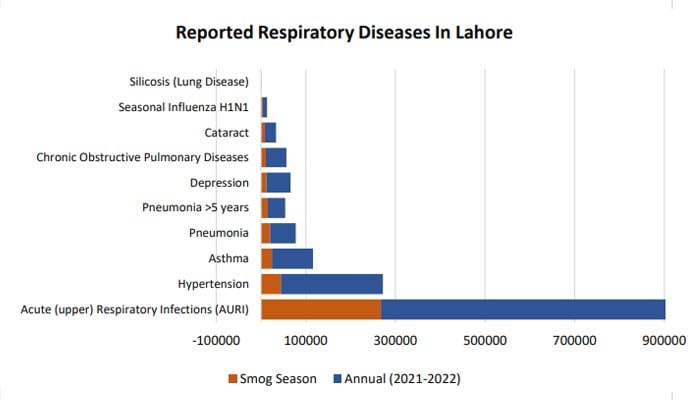
Incidences of seasonal influenza, pneumonia (>5 years old), pneumonia (<5 years old), Acute Upper Respiratory Infections (AURI), and cataract reported during smog season was 40%, 37%, 35%, 33%, and 32% of the whole year (October 2021 – October 2022).
Pakistan’s environment problem
The report stressed the challenge of air pollution facing the country and the problems stemming from it thereafter.
The Environmental Performance Index (EPI) published by Yale University in 2022 ranked Pakistan at 176 out of 180 countries with a score of 5.7 in air quality points, indicating a decrease of -0.3 in comparison with the previous report, it pointed out.
The report added that the World Air Quality Report (2021) by IQAir ranked Pakistan as the third-most polluted country with respect to air quality.
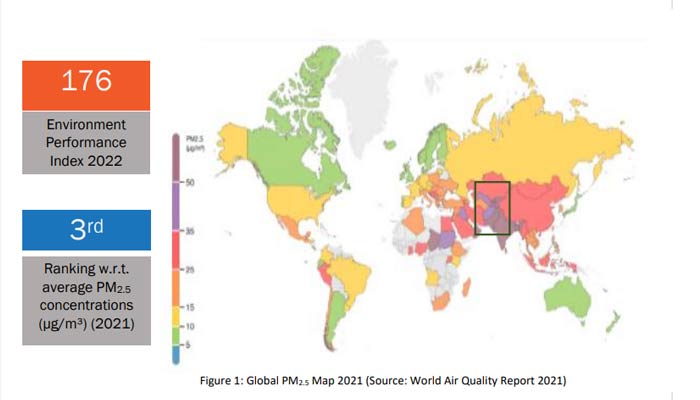
Moreover, the report highlighted that the country is currently facing the challenge of high climate vulnerability and environmental degradation.
“Rapid urbanisation is acting as a catalyst to increase exposure within its cities. Urban areas are the centers of energy production and thus atmospheric emissions globally, but they are also the ones that are primarily affected by the climate-related disastrous impacts. Major urban centers of Pakistan are no exceptions to these impacts,” the report said.
Inadequate waste management, rapid urban sprawl, air pollution, poor access to water and sanitation, and congestion, are some of the challenges faced by urban areas in Pakistan.









